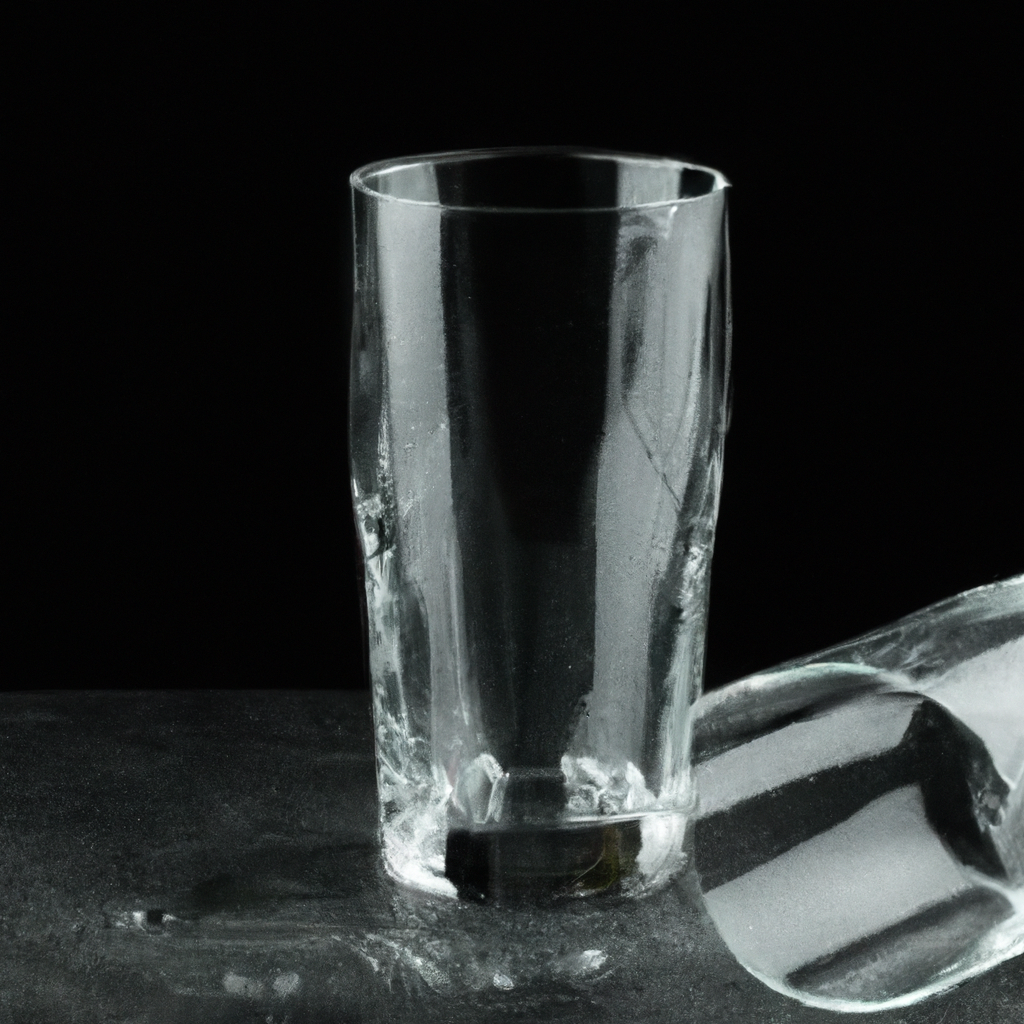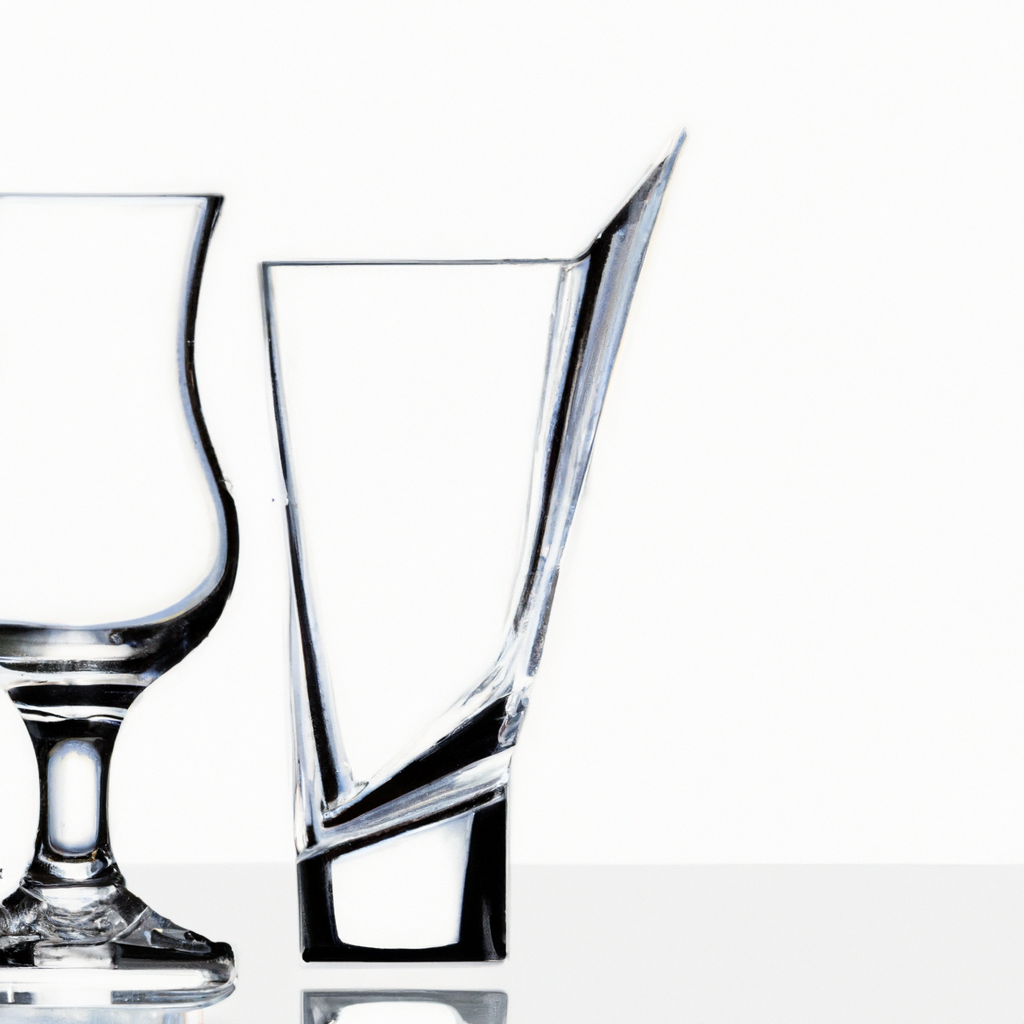Have you ever wondered how impact-resistant products are different from regular glass products? Well, the answer lies in their construction and capabilities. While regular glass is known for its fragility and susceptibility to shattering upon impact, impact-resistant products are designed to absorb and dissipate energy, making them significantly more durable and resistant to breakage. In this article, we will explore the key differences between these two types of glass products and the benefits of opting for impact-resistant options for your various needs. So, let’s get right into it and learn more about the fascinating world of impact-resistant glass!

Composition
Regular glass
Regular glass is composed of silica (silicon dioxide) which is melted down and shaped into sheets or panels. It is a brittle material that is commonly known as standard or annealed glass. Regular glass is commonly used in windows, doors, and other applications where its transparency is desired.
Impact-resistant glass
On the other hand, impact-resistant glass is specially manufactured to provide enhanced strength and durability. It is typically made by sandwiching one or more layers of polyvinyl butyral (PVB) or ethylene-vinyl acetate (EVA) between glass panels. This process creates a strong and durable composition that can withstand high impact and resist shattering.
Strength
Regular glass
Regular glass, being a brittle material, is susceptible to breakage under normal conditions. It is more prone to cracking or shattering when subjected to external forces such as impacts, pressure, or temperature changes. This lack of strength can be a disadvantage in certain applications where safety is a concern.
Impact-resistant glass
Impact-resistant glass, as the name suggests, possesses superior strength compared to regular glass. The additional layers of polyvinyl butyral or ethylene-vinyl acetate provide a significant boost in strength and resilience. This makes impact-resistant glass highly resistant to breaking, offering increased safety and protection against external forces.
Manufacturing Process
Regular glass
The manufacturing process of regular glass involves heating silica and other additives in a furnace until it reaches a molten state. The molten glass is then shaped into sheets or panels by floating it on a bed of molten tin or by the float glass method. The glass is later cooled slowly to relieve internal stresses and anneal it for use.
Impact-resistant glass
The manufacturing process of impact-resistant glass is more intricate. It starts by sandwiching one or more layers of PVB or EVA between glass panels. The sandwiched layers and glass panels are then heated under high pressure to bond them together. The resulting laminated glass is then subjected to additional heat and pressure to remove any air bubbles and further enhance its strength. This complex process ensures the integrity of impact-resistant glass and its ability to withstand high impact.

Applications
Regular glass
Regular glass is commonly used in residential and commercial applications. It is widely employed in windows, doors, mirrors, table tops, and decorative glass elements. Its transparency and versatility make it suitable for various architectural and interior design purposes.
Impact-resistant glass
Due to its enhanced strength, impact-resistant glass finds applications in areas where safety and protection are paramount. It is commonly used in automobile windshields, hurricane-resistant windows, safety glass doors, skylights, and glass structures in high-risk environments. The ability of impact-resistant glass to resist shattering makes it ideal for areas prone to storms, strong winds, or potential impact hazards.
Cost
Regular glass
Regular glass is generally more affordable compared to impact-resistant glass. Its simplicity in composition and manufacturing process contributes to its lower cost. This makes regular glass a popular choice for budget-conscious projects or applications where impact resistance is not a top priority.
Impact-resistant glass
In contrast, impact-resistant glass is typically more expensive due to its complex manufacturing process and additional layers of PVB or EVA. The enhanced strength and safety features of impact-resistant glass come at a higher price point. However, the added cost is justified for areas or projects that require increased protection against impacts, such as hurricane-prone regions or high-security buildings.
Protection against Breakage
Regular glass
Regular glass is vulnerable to breakage, especially under external forces or impacts. When regular glass breaks, it can form sharp shards and fragments that can cause injuries or damage to property. This characteristic limits its use in areas where safety is a concern.
Impact-resistant glass
In contrast, impact-resistant glass offers a higher level of protection against breakage. Even when subjected to strong impacts, it remains intact and does not shatter into dangerous shards. The interlayer of PVB or EVA in impact-resistant glass holds the broken pieces together, preventing them from scattering and reducing the risk of injuries or damage.
Protection against Shattering
Regular glass
Regular glass is prone to shattering under intense impact or pressure. The fragmented shards can be sharp and dangerous, posing a risk of injury. The shattering of regular glass can also lead to further damage to surrounding structures and objects.
Impact-resistant glass
Impact-resistant glass is designed to resist shattering. If it does break, the broken glass remains adhered to the interlayer, preventing it from scattering. This feature provides a higher level of safety and minimizes the risk of injury or damage to property. Impact-resistant glass is especially beneficial in areas where safety is of utmost importance, such as in vehicles or buildings located in hazardous environments.
Design Flexibility
Regular glass
Regular glass offers a wide range of design possibilities due to its transparency and availability in different shapes, sizes, and thicknesses. It can be easily cut or customized to fit various architectural or interior design requirements. Regular glass also allows for the incorporation of decorative elements such as tinting or frosting.
Impact-resistant glass
Despite its added layers, impact-resistant glass still allows for design flexibility. It can be manufactured in various shapes, sizes, and thicknesses to suit specific applications or architectural designs. Impact-resistant glass also offers options for tinting or frosting, making it adaptable to different aesthetic preferences while still providing the necessary strength and safety.
Soundproofing
Regular glass
Regular glass, due to its inherent properties, offers limited soundproofing capabilities. It allows sound to easily pass through, making it less effective in reducing noise transmission. This can be a disadvantage in applications where sound insulation is desired, such as in areas near busy roads or noisy environments.
Impact-resistant glass
Impact-resistant glass provides better soundproofing compared to regular glass. The additional layers and thickness contribute to its ability to reduce noise transmission. This makes impact-resistant glass suitable for areas where sound isolation or reduction is important, such as residential buildings, hotels, or office spaces located in busy urban areas.
Maintenance and Cleaning
Regular glass
Regular glass is relatively easy to maintain and clean. It can be wiped down with a glass cleaner or a mixture of mild soap and water. However, regular glass is prone to scratches and may require more frequent cleaning and polishing to maintain its clarity and aesthetics.
Impact-resistant glass
Impact-resistant glass shares similar maintenance and cleaning requirements with regular glass. It can be cleaned using standard glass cleaning methods. However, the additional layers in impact-resistant glass may be more susceptible to scratching, requiring extra caution during cleaning. Regular maintenance and inspection are necessary to ensure the integrity of impact-resistant glass and its continued protection against impacts.
In conclusion, impact-resistant glass stands out from regular glass due to its enhanced strength, safety features, and ability to resist shattering. The manufacturing process of impact-resistant glass involves sandwiching layers of PVB or EVA between glass panels, resulting in a durable and resilient composition. Impact-resistant glass finds applications in areas where protection against impacts, such as hurricanes or potential hazards, is crucial. While impact-resistant glass carries a higher cost compared to regular glass, the added safety and protection it provides make it a worthwhile investment for areas or projects that require increased durability and security.
